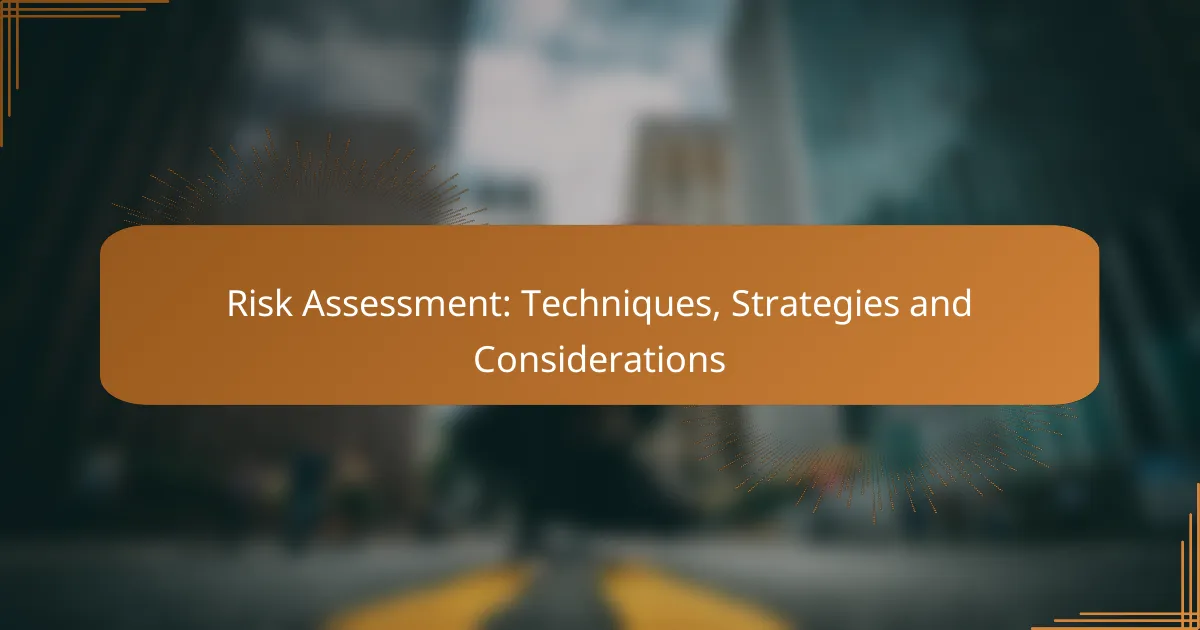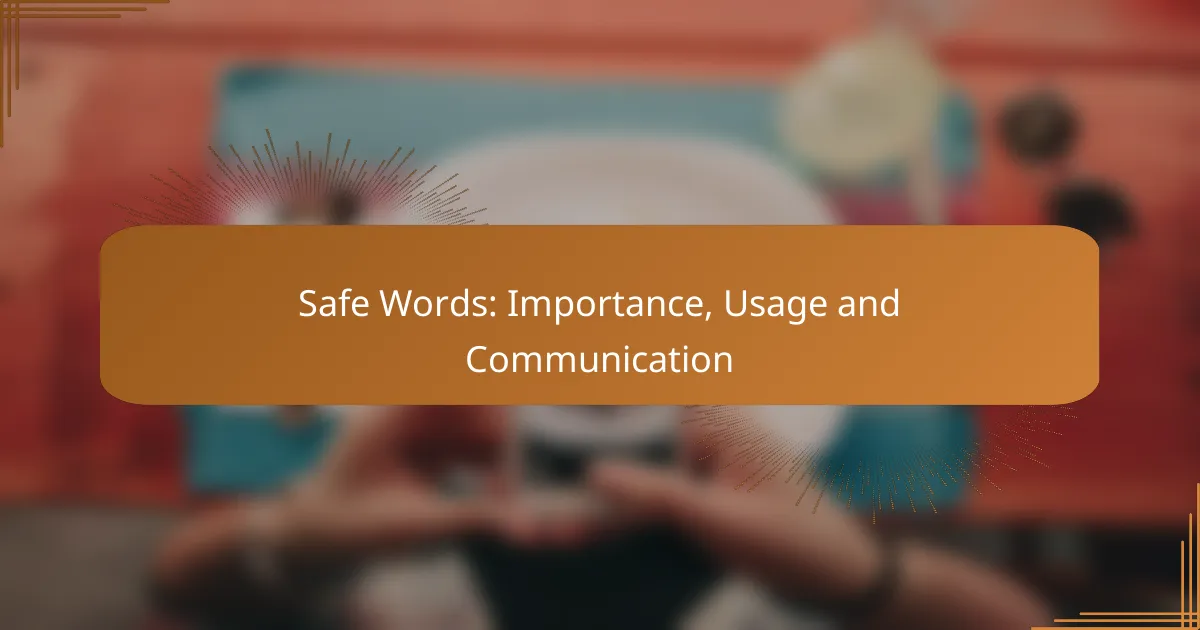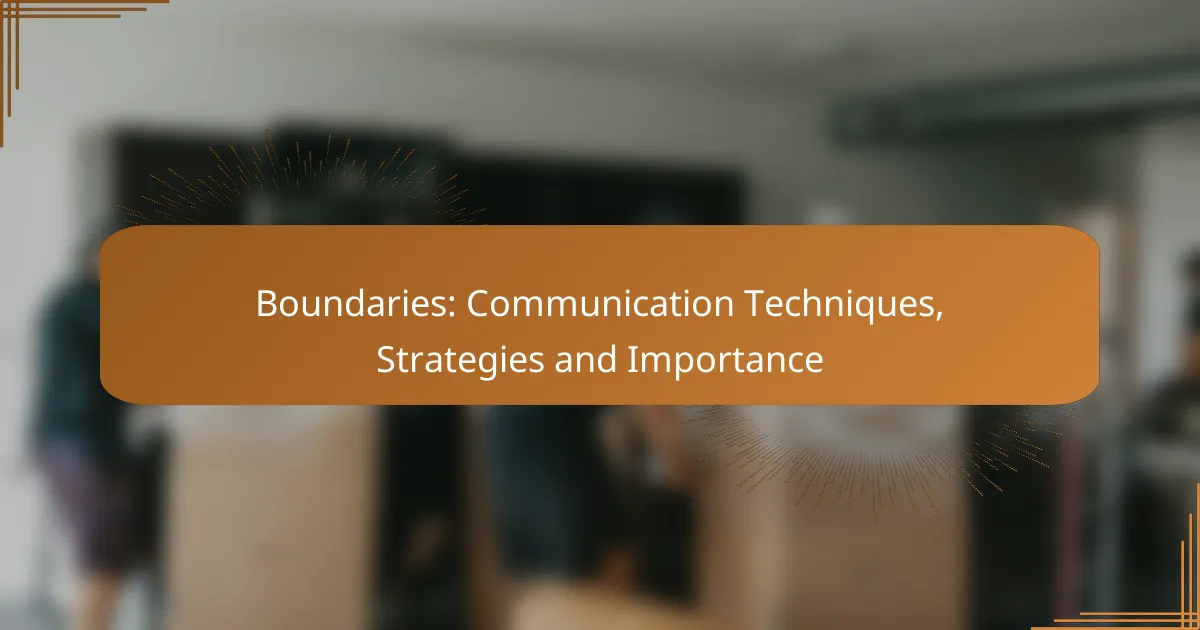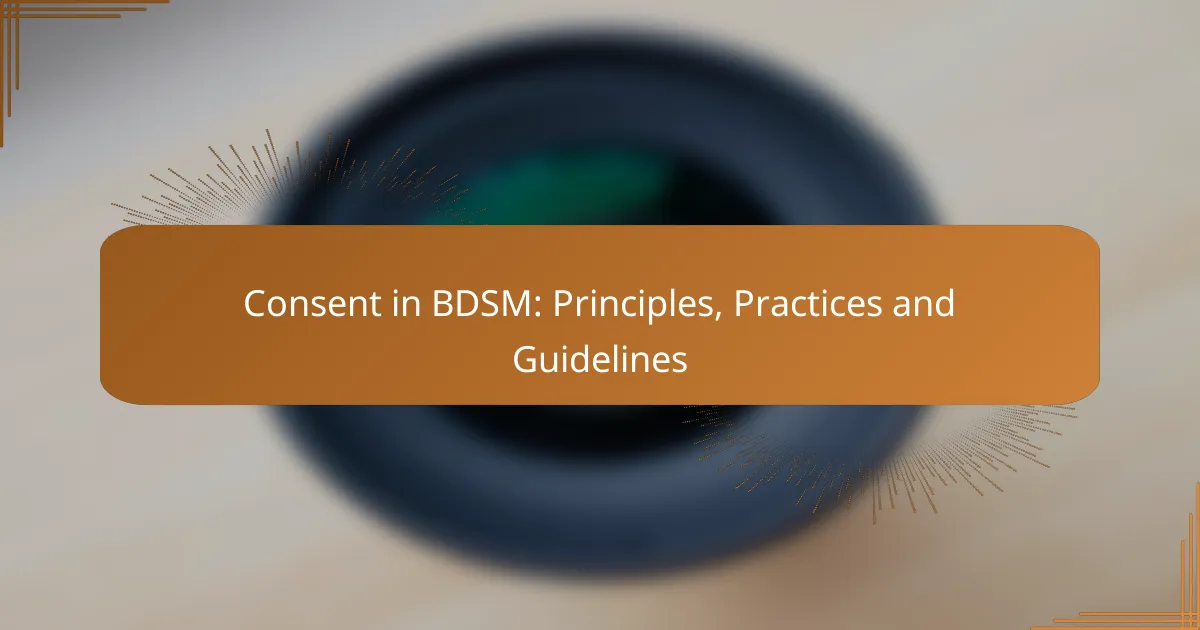Risk assessment is a vital process that enables organizations to identify, analyze, and prioritize potential risks, thereby minimizing adverse impacts. By employing a range of techniques, from qualitative to quantitative methods, organizations can systematically manage risks and enhance their decision-making capabilities. Key considerations, such as regulatory compliance and stakeholder engagement, further strengthen the effectiveness of risk assessment strategies.
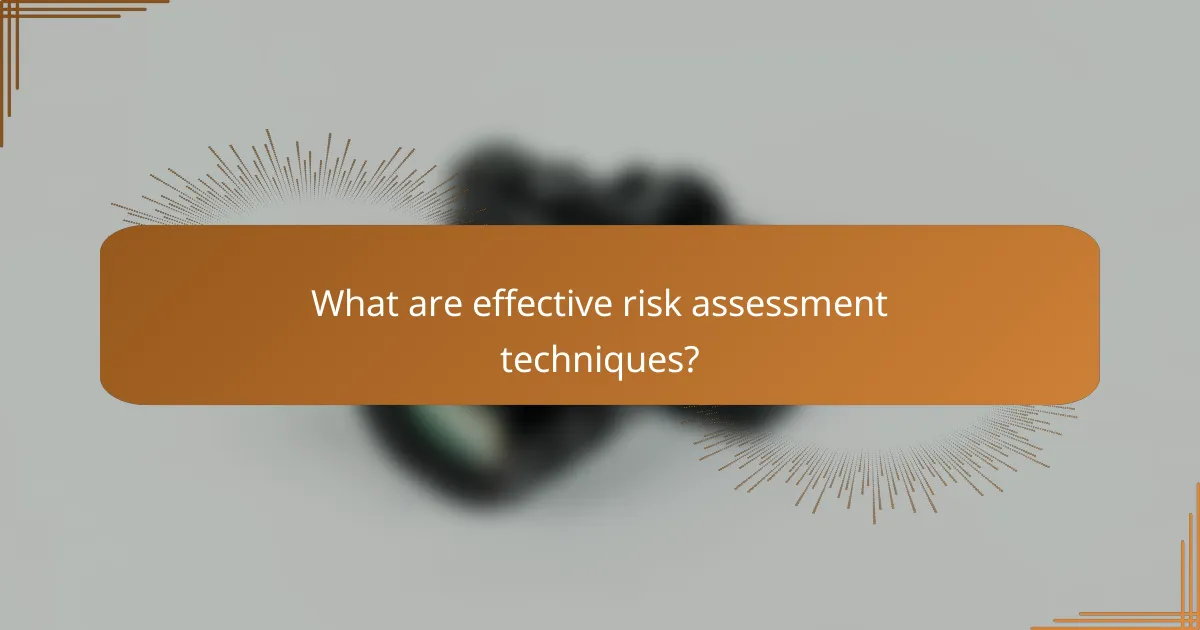
What are effective risk assessment techniques?
Effective risk assessment techniques help organizations identify, analyze, and prioritize risks to minimize potential impacts. These techniques vary in approach, from qualitative assessments that rely on subjective judgment to quantitative methods that utilize numerical data for analysis.
Qualitative risk assessment
Qualitative risk assessment involves evaluating risks based on their likelihood and impact using descriptive categories. This technique is often used when data is scarce or when quick decisions are needed. It typically employs tools like risk matrices to visualize risks and prioritize them accordingly.
Common pitfalls include oversimplifying risks or failing to involve diverse perspectives, which can lead to biased assessments. To enhance accuracy, engage stakeholders from various departments and use structured interviews or focus groups.
Quantitative risk assessment
Quantitative risk assessment focuses on numerical data to evaluate risks, providing a more objective analysis. This technique often employs statistical methods to estimate probabilities and potential impacts, allowing for a clearer understanding of risk exposure. Common tools include simulations and statistical models.
While quantitative assessments can yield precise results, they require reliable data and may be resource-intensive. Ensure data quality and consider using historical data or industry benchmarks to enhance the accuracy of your assessments.
SWOT analysis
SWOT analysis is a strategic planning tool that identifies an organization’s Strengths, Weaknesses, Opportunities, and Threats. This technique helps in understanding internal and external factors that could impact risk exposure. By mapping these elements, organizations can develop strategies to mitigate risks and leverage opportunities.
To conduct a SWOT analysis, gather a diverse team to brainstorm and categorize insights. This collaborative approach can uncover hidden risks and promote a comprehensive understanding of the organization’s risk landscape.
Failure mode and effects analysis (FMEA)
Failure mode and effects analysis (FMEA) is a systematic method for evaluating potential failure modes within a process and their consequences. This technique helps prioritize risks based on their severity, occurrence, and detectability, allowing organizations to focus on the most critical issues first.
To implement FMEA, create a team that includes individuals familiar with the process and use a structured template to document potential failure modes and their effects. Regularly review and update the analysis to reflect changes in processes or new information.
Monte Carlo simulation
Monte Carlo simulation is a quantitative risk assessment technique that uses random sampling and statistical modeling to estimate the probability of different outcomes. This method allows organizations to assess the impact of risk factors on project timelines and costs under various scenarios.
To effectively use Monte Carlo simulations, define the variables and their probability distributions clearly. This technique is particularly useful in project management and financial forecasting, as it provides a range of possible outcomes rather than a single estimate, helping stakeholders make informed decisions.
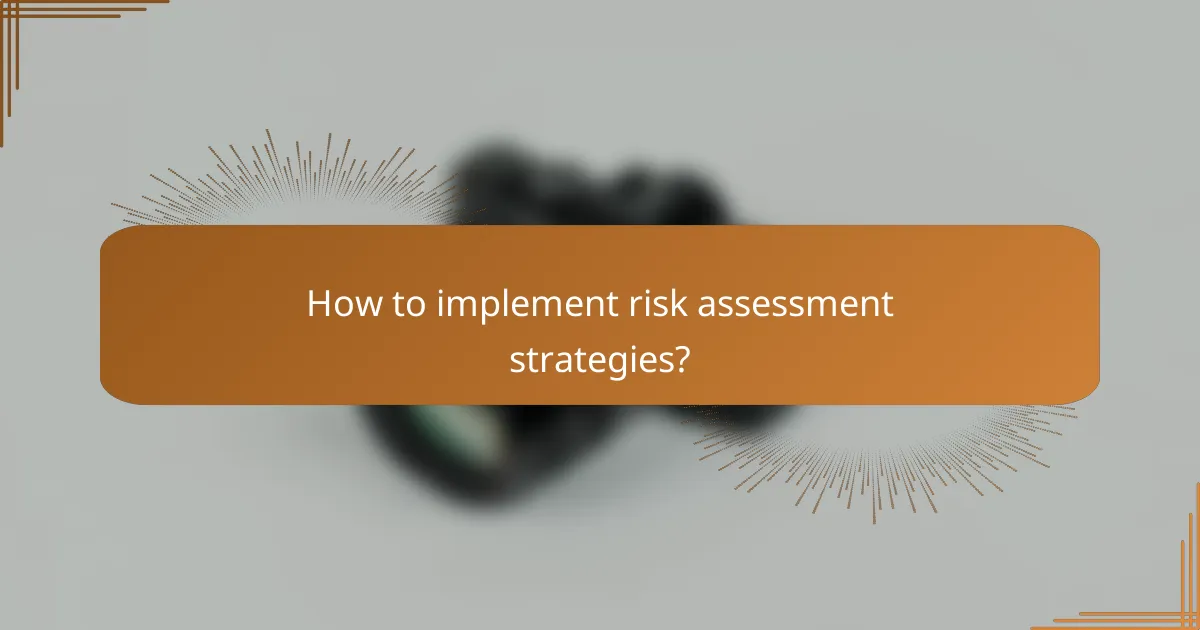
How to implement risk assessment strategies?
Implementing risk assessment strategies involves a systematic approach to identifying, analyzing, and managing potential risks that could impact an organization. By following structured steps, organizations can effectively minimize negative outcomes and enhance decision-making processes.
Establish risk criteria
Establishing risk criteria is the first step in the risk assessment process. This involves defining what constitutes acceptable risk levels and determining the metrics for evaluating risks. Criteria may include financial thresholds, regulatory compliance, or operational impacts.
For example, a company might set a risk tolerance level where any potential loss exceeding 5% of its annual revenue requires further analysis. This helps prioritize risks that need immediate attention.
Identify risks
Identifying risks involves systematically recognizing potential threats that could affect the organization. This can be achieved through brainstorming sessions, surveys, and reviewing historical data. Engaging various stakeholders can provide diverse perspectives on possible risks.
Common risk categories include financial, operational, strategic, and compliance risks. For instance, a manufacturing firm might identify supply chain disruptions as a significant operational risk.
Analyze risks
Risk analysis assesses the likelihood and impact of identified risks. This step often involves qualitative and quantitative methods to evaluate how risks could affect the organization. Tools such as risk matrices can help visualize and prioritize risks based on their severity.
For example, a risk with a high likelihood of occurrence but low impact may be treated differently than a risk with a low likelihood but high impact. This analysis helps in resource allocation for risk management efforts.
Evaluate risks
Evaluating risks involves comparing the analyzed risks against established criteria to determine their significance. This step helps in deciding which risks require immediate action and which can be monitored over time. It is crucial to involve key decision-makers in this process.
Organizations may adopt a risk prioritization framework, such as the Risk Matrix, to categorize risks into high, medium, and low priority. This aids in focusing efforts on the most critical risks first.
Monitor and review
Monitoring and reviewing risks is an ongoing process that ensures risk management strategies remain effective over time. Regular reviews allow organizations to adapt to new risks or changes in existing risks, ensuring that risk assessments are current and relevant.
Establishing a schedule for periodic risk assessments, such as quarterly or bi-annually, can help maintain focus on risk management. Additionally, organizations should document changes in risk profiles to refine their strategies continuously.
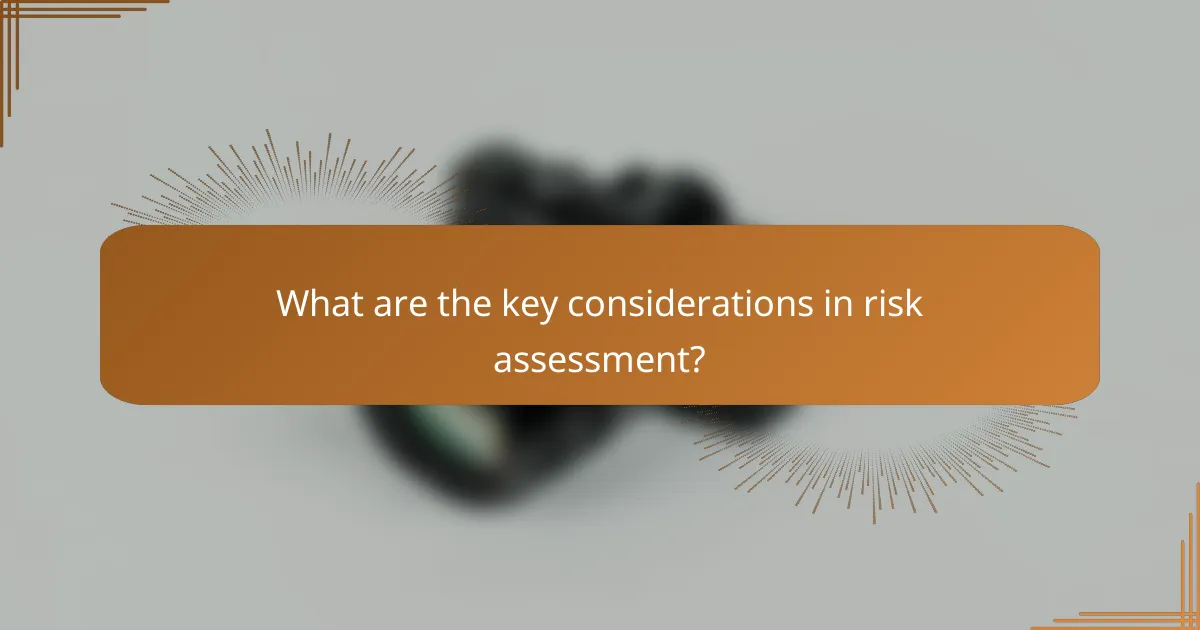
What are the key considerations in risk assessment?
Key considerations in risk assessment include understanding regulatory requirements, engaging stakeholders, effectively allocating resources, and fostering a strong risk culture. Each of these elements plays a crucial role in identifying, evaluating, and mitigating risks within an organization.
Regulatory compliance
Regulatory compliance involves adhering to laws and guidelines relevant to your industry. Organizations must stay updated on local and international regulations to avoid legal penalties and ensure operational integrity.
Consider implementing a compliance framework that includes regular audits and training sessions. This can help identify gaps in compliance and ensure that all employees understand their responsibilities regarding regulations.
Stakeholder involvement
Involving stakeholders in the risk assessment process is essential for gaining diverse perspectives and insights. Stakeholders can include employees, management, customers, and suppliers, each bringing unique viewpoints on potential risks.
Facilitate open communication through workshops or surveys to gather input. This engagement not only enhances the quality of the risk assessment but also fosters a sense of ownership and accountability among stakeholders.
Resource allocation
Effective resource allocation is critical for addressing identified risks. Organizations should assess the resources available, such as personnel, budget, and technology, to ensure they can implement risk mitigation strategies effectively.
Prioritize risks based on their potential impact and likelihood, and allocate resources accordingly. This may involve investing in training, technology upgrades, or additional personnel to manage high-priority risks.
Risk culture
Establishing a strong risk culture within an organization encourages proactive risk management. A positive risk culture promotes awareness and accountability among employees, making them more likely to identify and report potential risks.
To cultivate this culture, leadership should model risk-aware behaviors and provide training on risk management practices. Recognizing and rewarding employees who contribute to risk identification can further reinforce this culture.
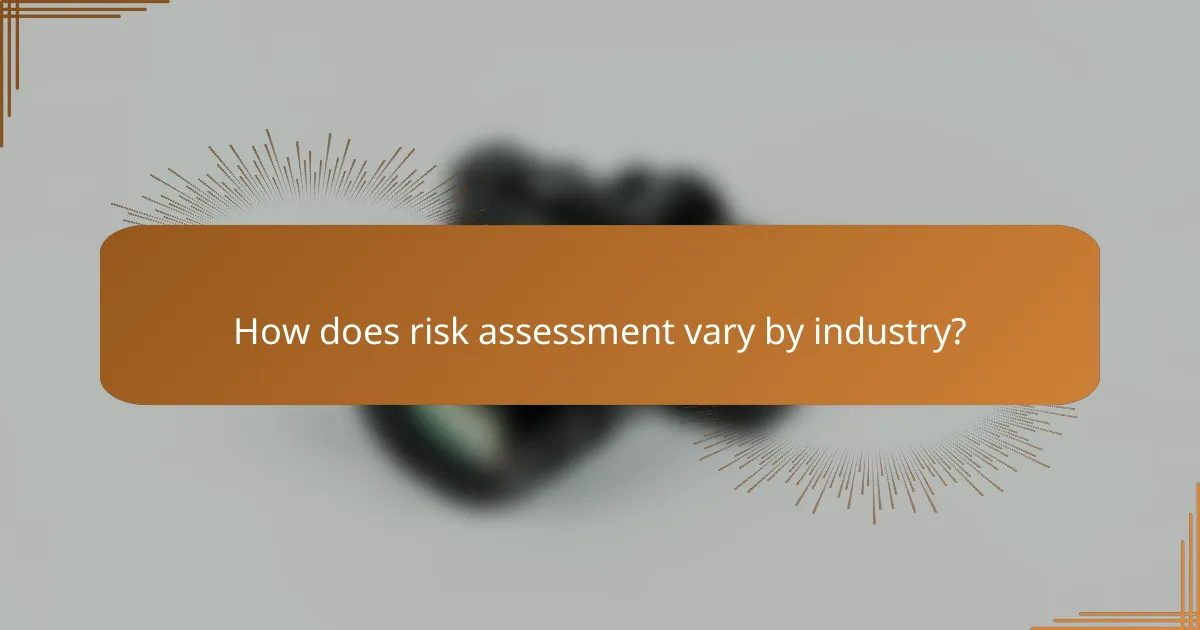
How does risk assessment vary by industry?
Risk assessment varies significantly by industry due to differing regulatory requirements, operational processes, and potential hazards. Each sector must tailor its risk assessment techniques to address unique challenges and compliance standards.
Healthcare risk assessment
In healthcare, risk assessment focuses on patient safety, regulatory compliance, and operational efficiency. Key considerations include evaluating clinical risks, infection control, and data privacy under regulations like HIPAA in the U.S.
Common techniques include failure mode and effects analysis (FMEA) and root cause analysis (RCA). Healthcare organizations often conduct regular audits and simulations to identify vulnerabilities and improve patient care protocols.
Financial services risk assessment
Financial services risk assessment emphasizes credit, market, and operational risks. Institutions must comply with regulations such as Basel III, which sets standards for capital adequacy and risk management practices.
Techniques like stress testing and scenario analysis are frequently employed to gauge potential losses under adverse conditions. Regular reviews of credit portfolios and market exposures help in mitigating risks effectively.
Manufacturing risk assessment
In manufacturing, risk assessment involves identifying hazards related to equipment, processes, and worker safety. Compliance with standards such as ISO 45001 for occupational health and safety is crucial.
Common methods include hazard identification and risk analysis (HIRA) and safety audits. Manufacturers often implement preventive measures like safety training and equipment maintenance schedules to minimize risks.
IT security risk assessment
IT security risk assessment focuses on identifying vulnerabilities in systems and data protection. Organizations must consider regulatory frameworks like GDPR for data privacy and security compliance.
Techniques such as vulnerability scanning, penetration testing, and risk matrix analysis are essential. Regular updates to security protocols and employee training on cybersecurity best practices are critical to reducing potential threats.
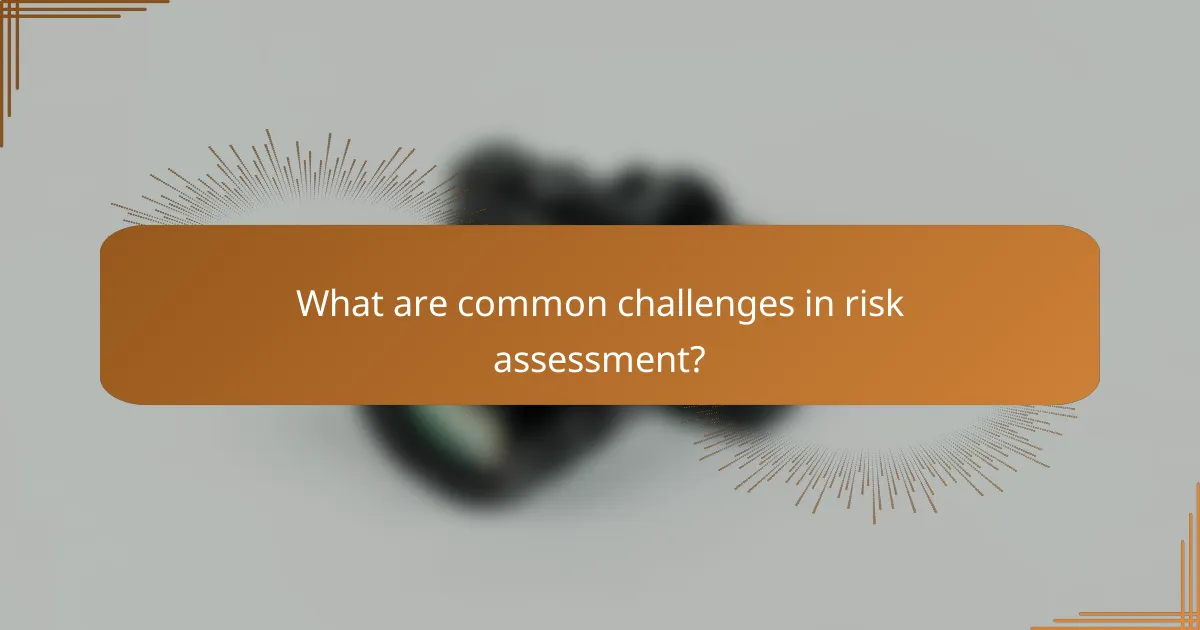
What are common challenges in risk assessment?
Common challenges in risk assessment include identifying potential risks, accurately evaluating their impact, and effectively communicating findings. These difficulties can stem from a lack of data, subjective judgments, and varying stakeholder perspectives.
Data Availability and Quality
Data availability and quality significantly affect risk assessment outcomes. In many cases, organizations struggle to obtain reliable data, which may lead to incomplete risk profiles. Ensuring that data sources are credible and comprehensive is crucial for accurate assessments.
Organizations should prioritize collecting data from multiple sources, including historical records, industry benchmarks, and expert opinions. Utilizing data analytics tools can also enhance the quality of insights derived from available information.
Subjectivity in Risk Evaluation
Subjectivity in risk evaluation can lead to inconsistent results and misaligned priorities. Different stakeholders may have varying perceptions of risk severity, which complicates the assessment process. Establishing clear criteria for evaluating risks can help mitigate this issue.
To minimize subjectivity, organizations can adopt standardized risk assessment frameworks, such as ISO 31000. This approach encourages a more objective evaluation by providing a common language and methodology for all stakeholders involved.
Communication of Risk Findings
Effectively communicating risk findings is a critical challenge that can impact decision-making. Technical jargon and complex data presentations may alienate stakeholders, hindering their understanding of risks. Clear and concise communication is essential for fostering informed discussions.
Utilizing visual aids, such as charts and graphs, can enhance comprehension of risk assessments. Additionally, tailoring communication to the audience’s knowledge level ensures that all stakeholders grasp the implications of the findings.
